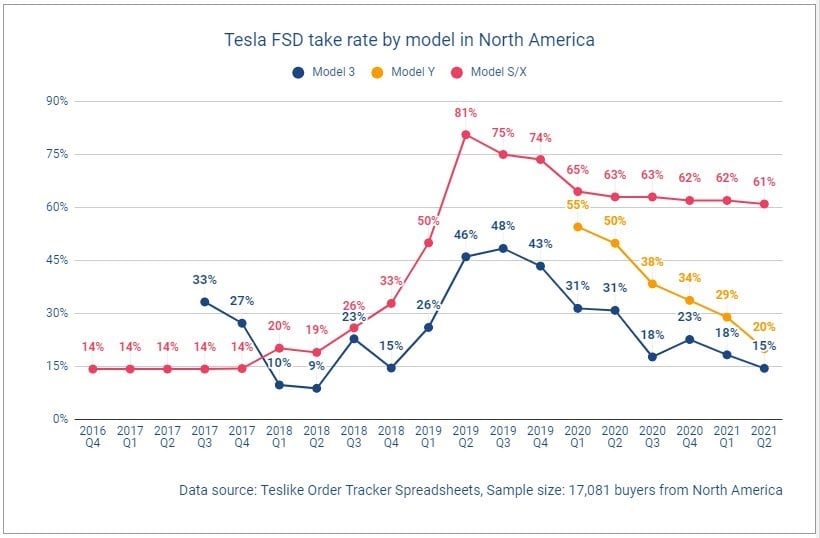EVNow
Well-Known Member
Nearly a million cars now sold in US ! @10% - it comes to 100k.90K in the USA would be many multiples of that 8% I would think.
BTW, I don't remember Deepak saying 8% - but we know from a leak database, it was 35% at the end on Q3 '17.




